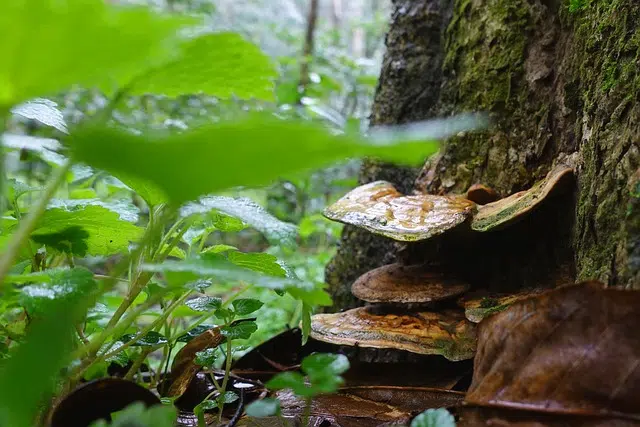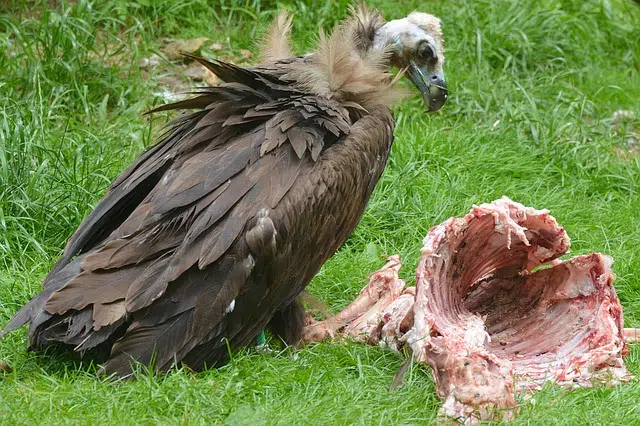
There are saprophytic fungi that grow on wood.
Before entering fully into the definition of saprophyte, it is necessary to know the etymological origin of the aforementioned term and that leads us to determine that it is the result of the sum of two Greek words:
-The adjective “saprós”, which is equivalent to “rotten”.
-The noun “phytos”, which can be translated as “plant”.
Characteristics of a saprophytic organism
Saprophytic is the adjective used to describe organisms whose diet consists of ingesting organic substances in a state of decomposition . The term is also used to refer to this type of diet.
Saprophytes, in this way, are nourished by waste that comes from different plant or animal organisms. They can eat excrement, dead animals or dry leaves, to name a few possibilities.
Saprophytic organisms use decomposing organic substances to obtain the energy they need to live. Some organisms are obligate saprophytes since they can only obtain nutrients in this way, while others are facultative saprophytes because they usually obtain nutrition through different means and resort to saprotrophy only at certain stages.
Osmotrophic nutrition
Although they have different characteristics, saprophytes usually have cells whose properties allow them to develop osmotrophic nutrition. This means that they are responsible for absorbing nutrients through osmosis .
Saprophytes often secrete enzymes to hydrolyze organic molecules found in waste. In this way, it releases biomolecules that are soluble and that it absorbs through osmosis thanks to the action of its cells.

It is common for scavengers to be considered saprophytes.
What is a saprophytic fungus?
In addition to all the above, it is worth knowing that those known as saprophytic fungi gain special prominence, which are those that develop their life on what is inert organic matter. This means that the way they feed is to undertake the solubilization of the material on which they end up settling.
There are several types of saprophytic fungi, highlighting the following:
-Those that grow on animal excrement, specifically the usual thing is that they are on the excrement of herbivorous animals. Examples of mushrooms in this category are Panaeolus or Pilobolus.
-Those that develop on wood or its remains, such as fistulina hepatica, ganoderma lucidum, piptoporus betulinus or fomesincentivius.
-Those who live their lives on meadows or pastures.
-Those that develop a life cycle on what would be organic matter that is charred as a result of a forest fire or similar. These can also have the peculiarity that they grow on the remains that may have been left from bonfires, either carried out as part of leisure activities or within forestry-type work actions.
The food chain
The existence of saprophytes is essential in the food chain since they help the development of decomposition. This allows them to contribute to the fertility of the soil.
It should be noted that scavenger animals, such as vultures , are usually classified as saprophytes for feeding on the decomposing corpses of other species .
